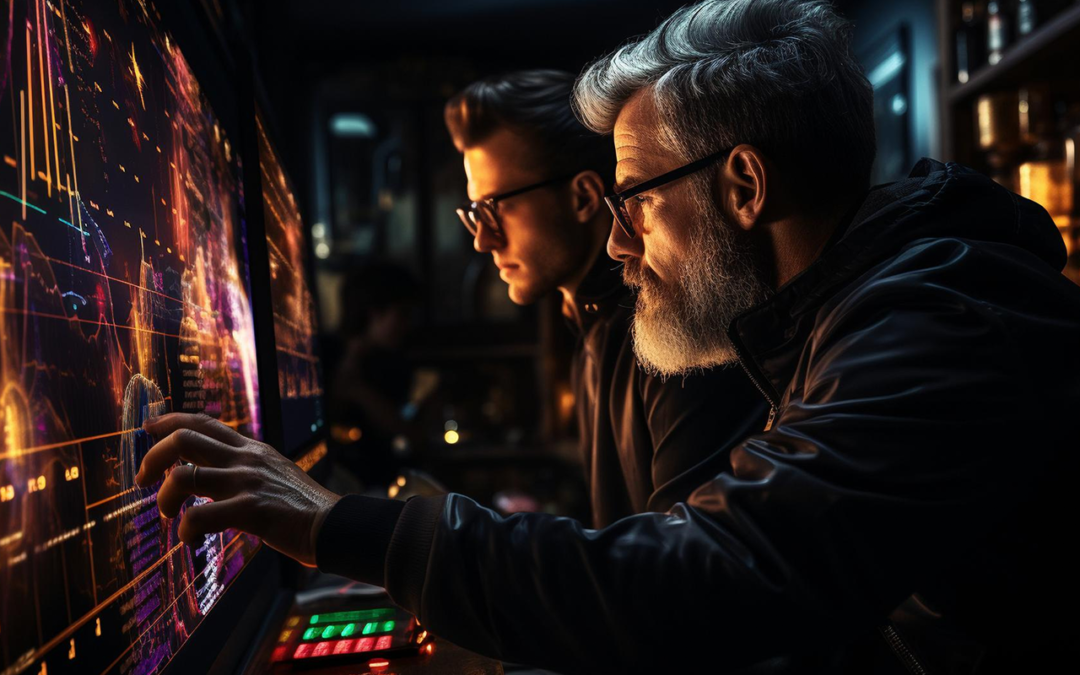You find a regional manager of your company in an event and you’d love to meet them, but you start feeling ashamed, you imagine all the ways the interaction could go wrong. Maybe you’ll come up as too straightforward, or maybe as too boring. You shy up and evade an opportunity to move your career along.
You got yourself in a group of people that are intimidating because of their position and knowledge. Someone talks about the field you love and you think this is your queue to intervene, but you hesitate: these are alphas! The second you hesitate another person picks the conversation and moves it along. You lost your chance to impress!
Organic social interactions usually depend on how scared you are of giving a bad idea, of coming out too strong, of making the wrong joke. The playbook is too complex to navigate and you might feel there are no second chances.
But games create designed scenarios to allow for cooperation that solve many of those problems. Depending on the social interaction you want to promote you have different ways of organizing social play: teams, raids, guilds, factions, parties, friendly competitions, and more. Each system solves different issues, for example:
Teams are about creating groups where each member needs to pull their weight and show their own work: if you are playing defense, no one will do it for you. Teams stick together and have long learning curves which makes for solid collaboration in the long run.
Guilds are about mentoring, guidance and logistics: the game creates reputation systems where you are rewarded for helping others and seeking help. A mentor is glad to help you because that helps themselves as well.
Factions create identity groups, likes the houses of Harry Potter, where you start showing your colors, your banners, your symbols with pride. As they are usually built around common goals or personality traits, this reduces the shame of meeting new people.
Parties are fluid teams, where members can join or leave at a moment’s notice and depending on the circumstances. “We need a healer!”, “I am a healer!”, “Join us for this mission”. While parties usually have a core set of members, it is not fixed and team members can be temporarily replaced if required.
But as a designer you need to create the rules to promote this kind of play. If you don’t understand how to create meaningful party forming, your game might end up with many people just spending time with the ones they know, with static teams that forgo all the potential of fluid team building. Or even worse, your players might join a team and fallback to allowing others to make choices for them, or acting as if there was no team to begin with!
Again, don’t expect these social behaviors to come naturally. Most people love playing in these collaborative scenarios and are grateful for the game to allow them to better express themselves, but after the game ends they will fall back to their old selves. It is the role of the designer to make social spaces more engaging for the users!



Recent Comments